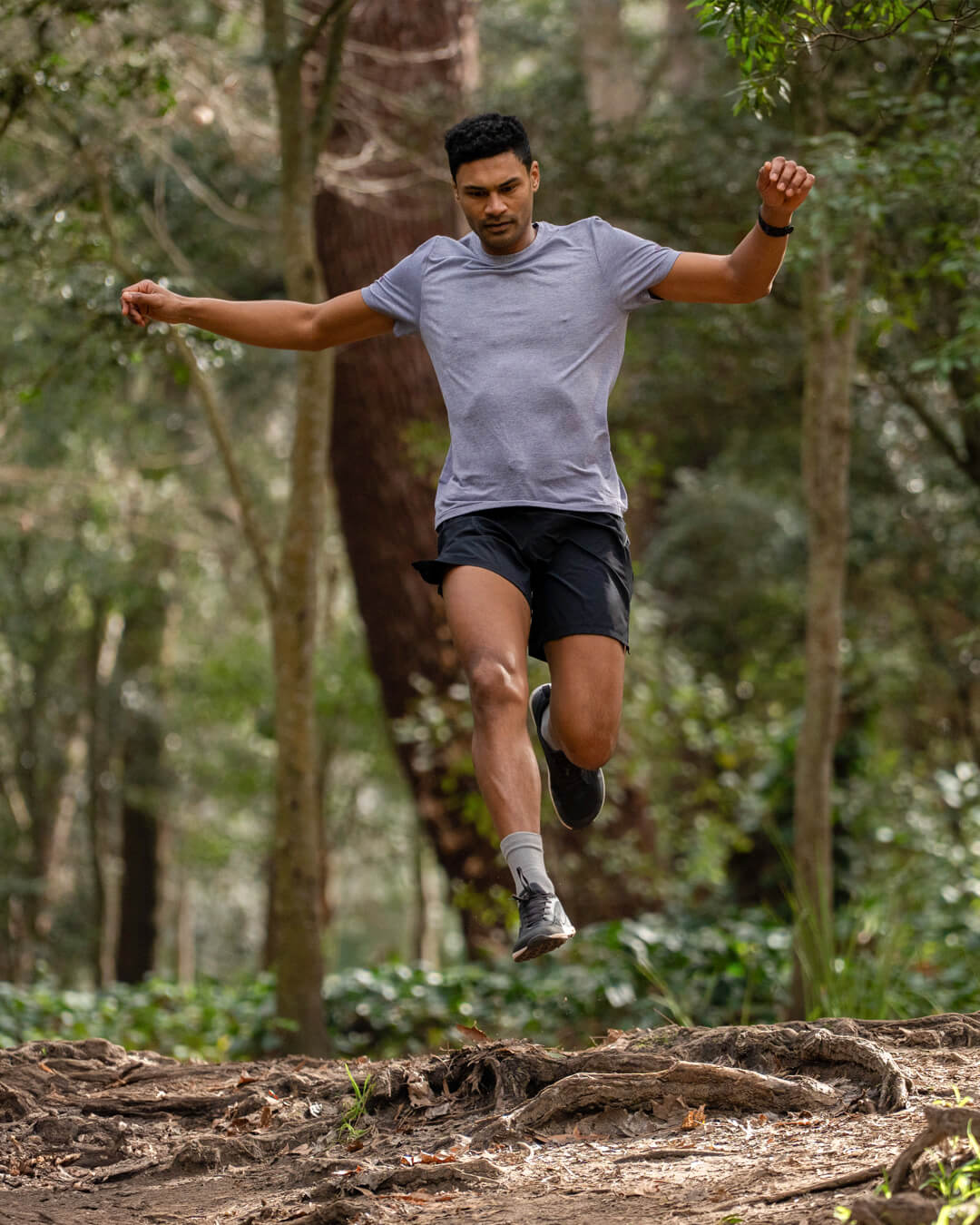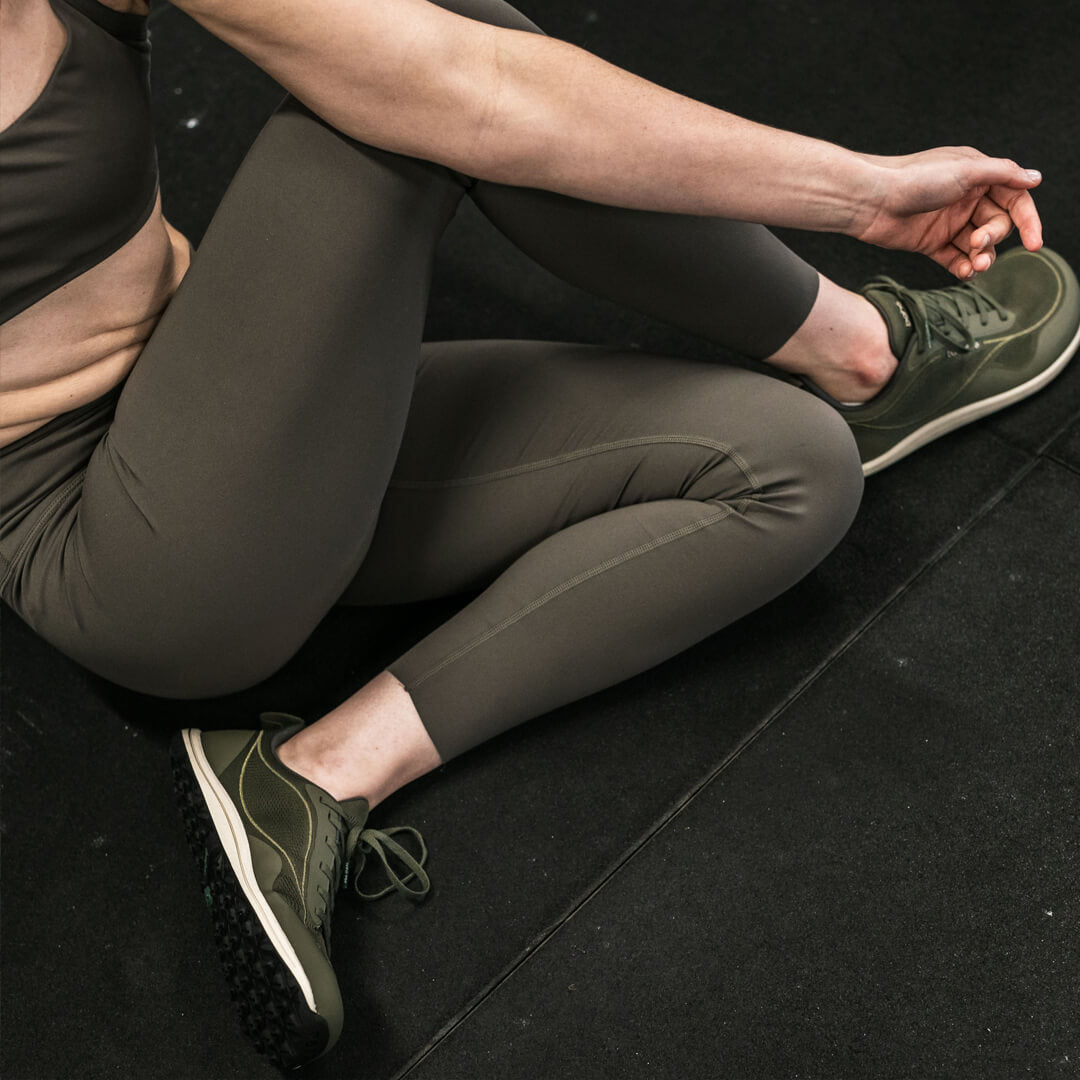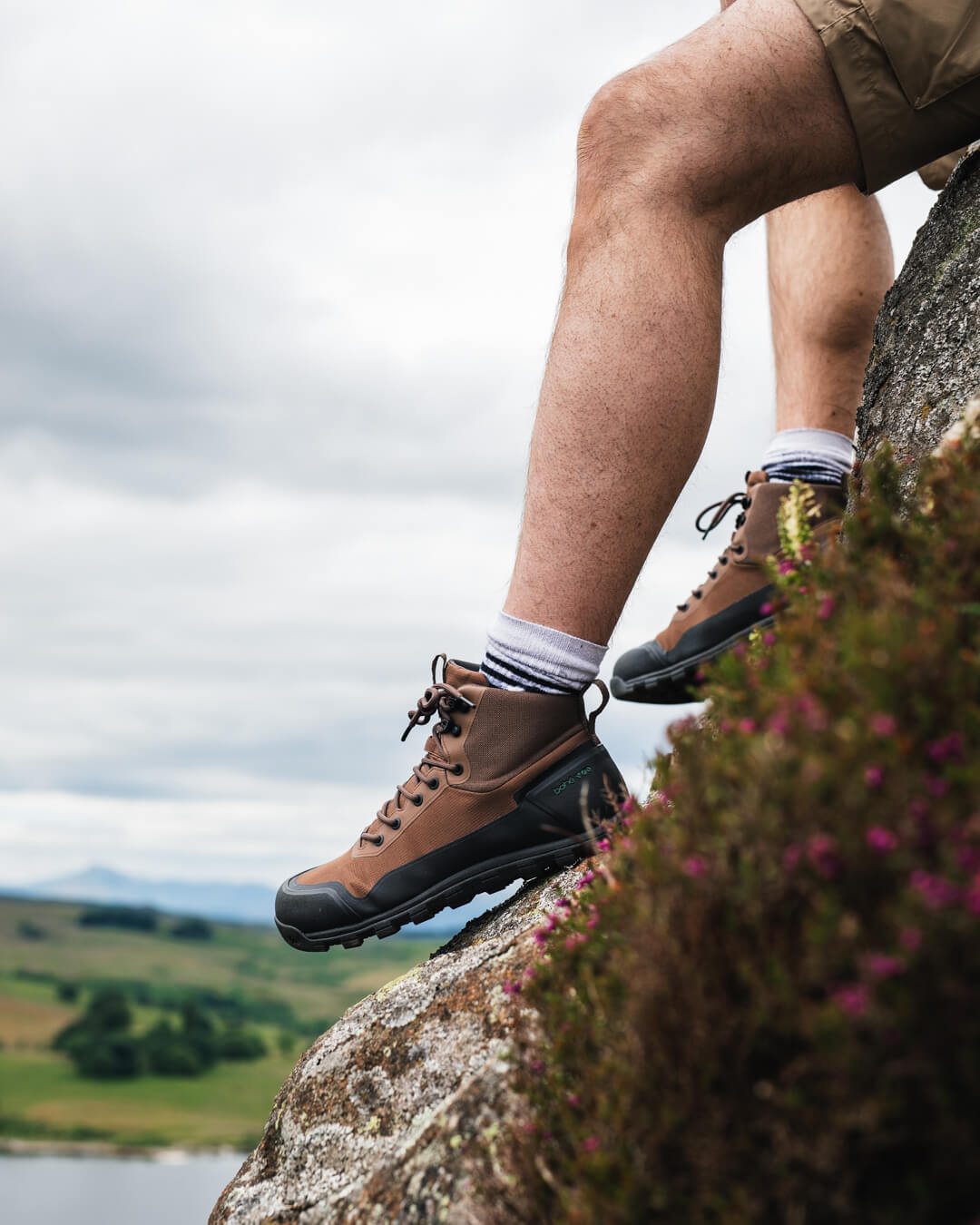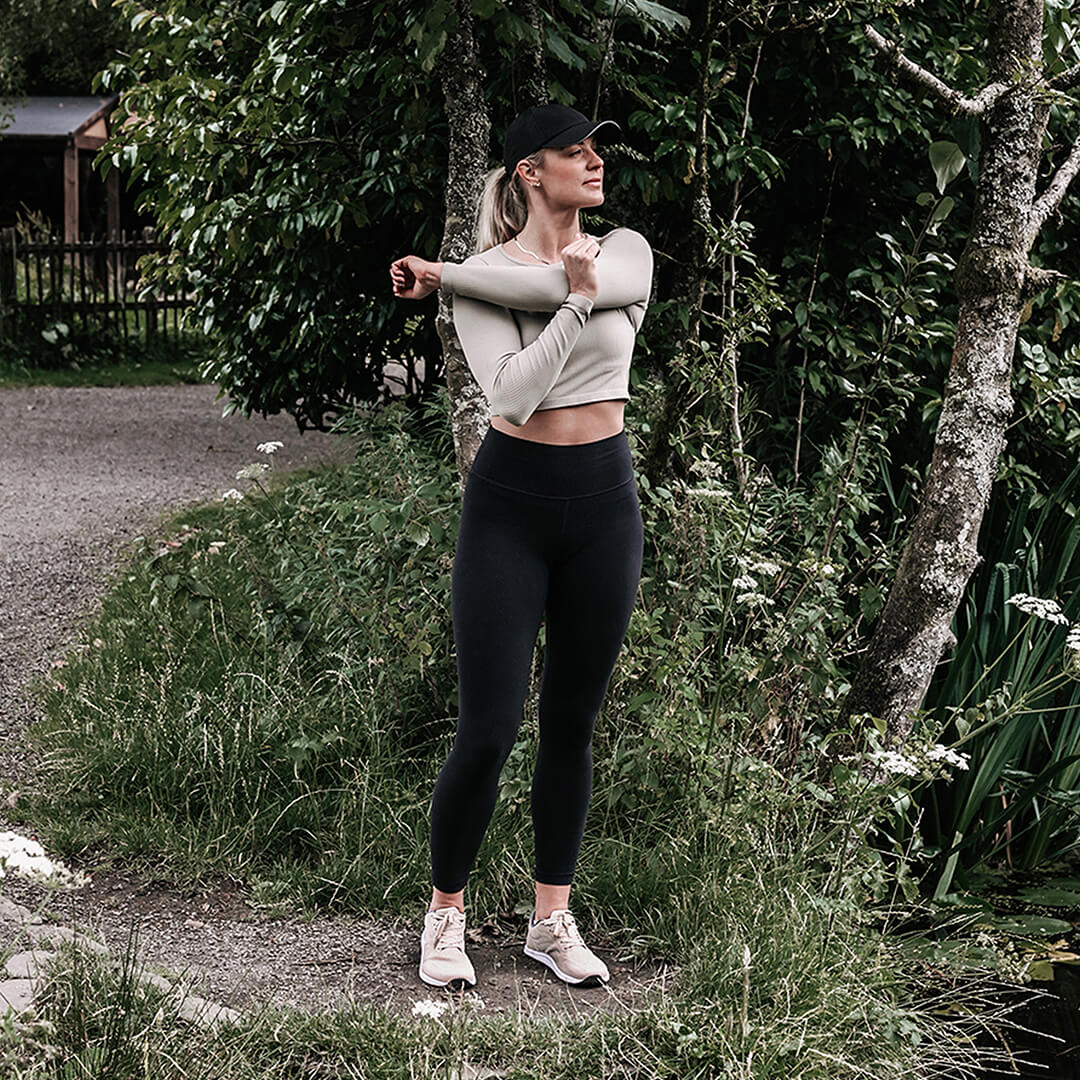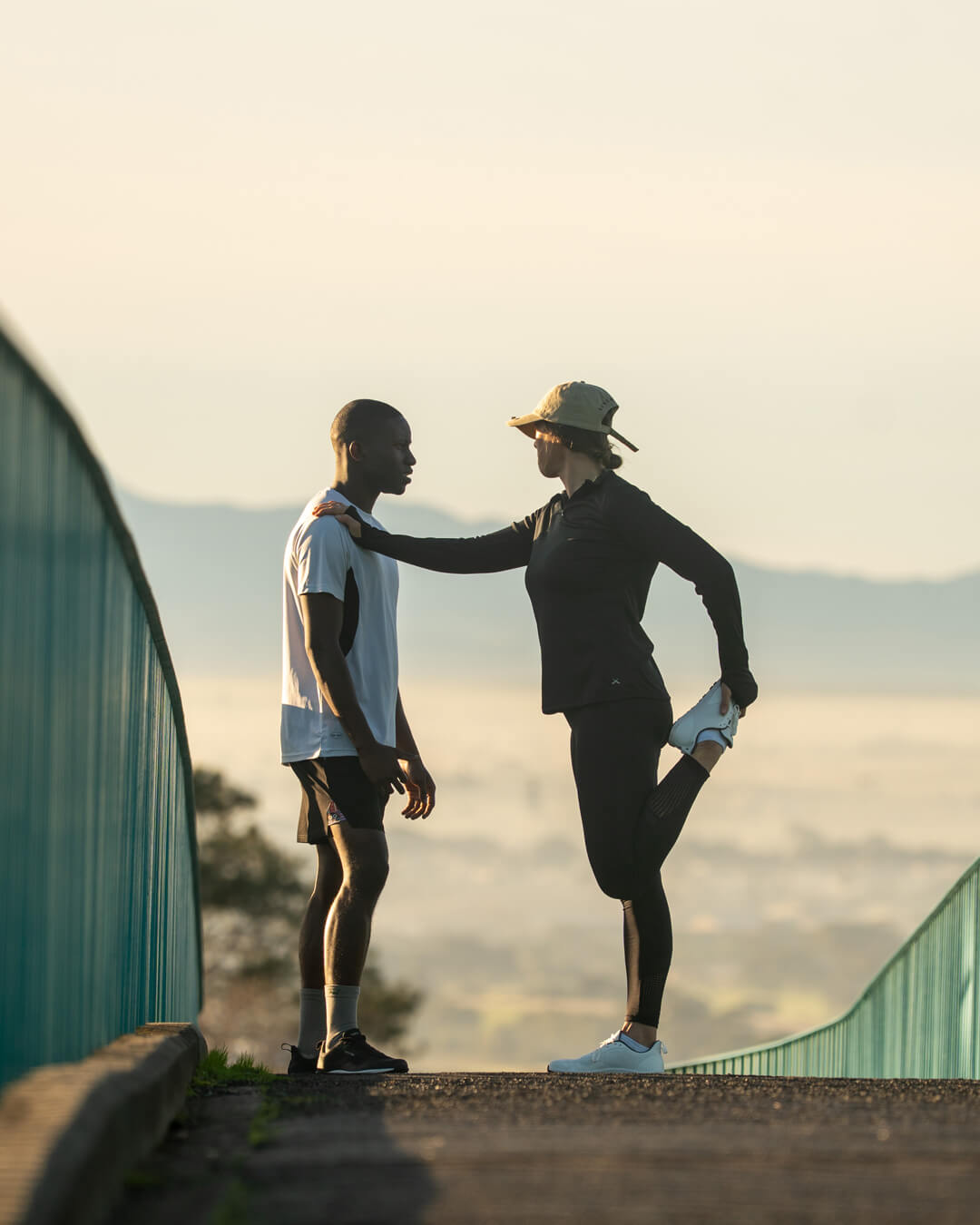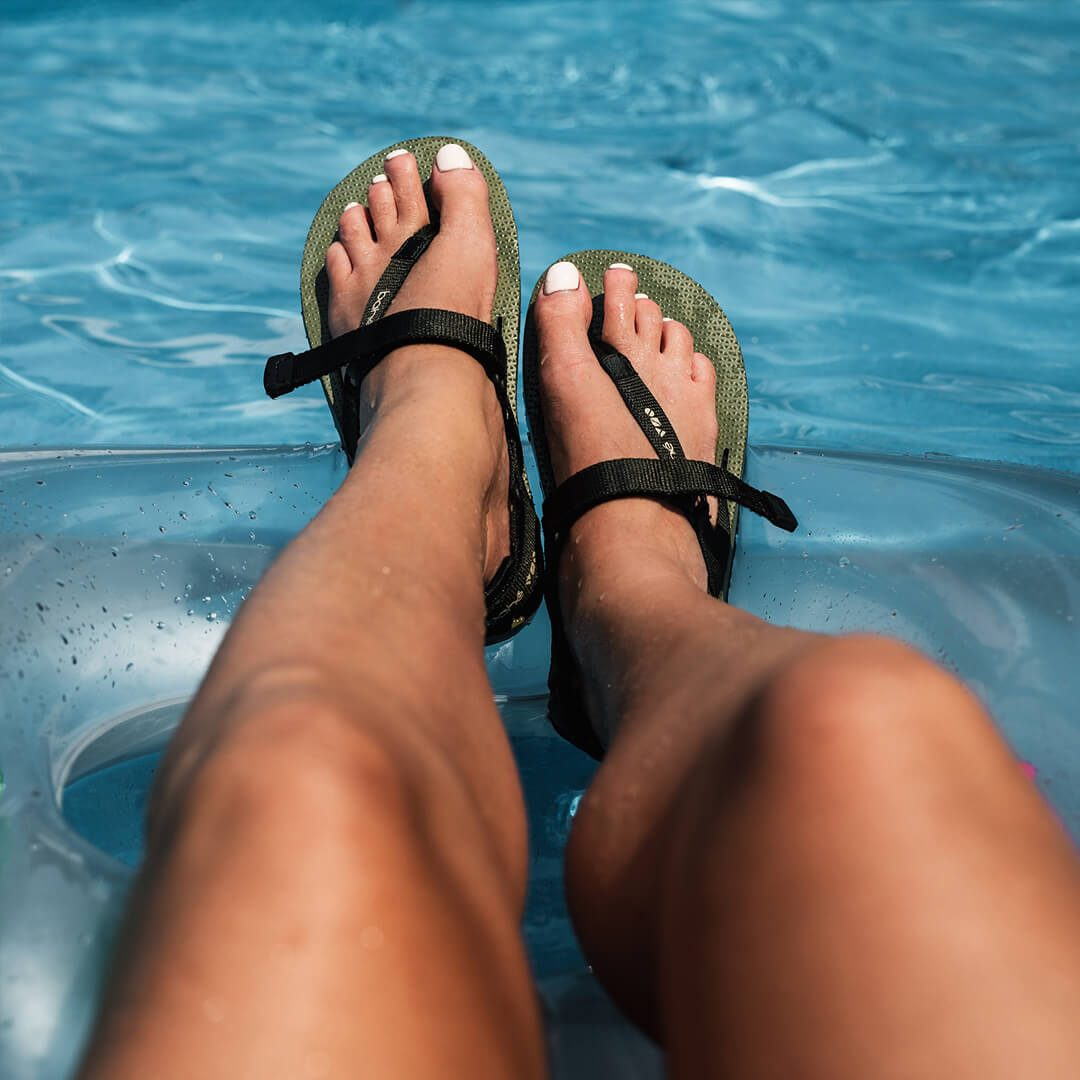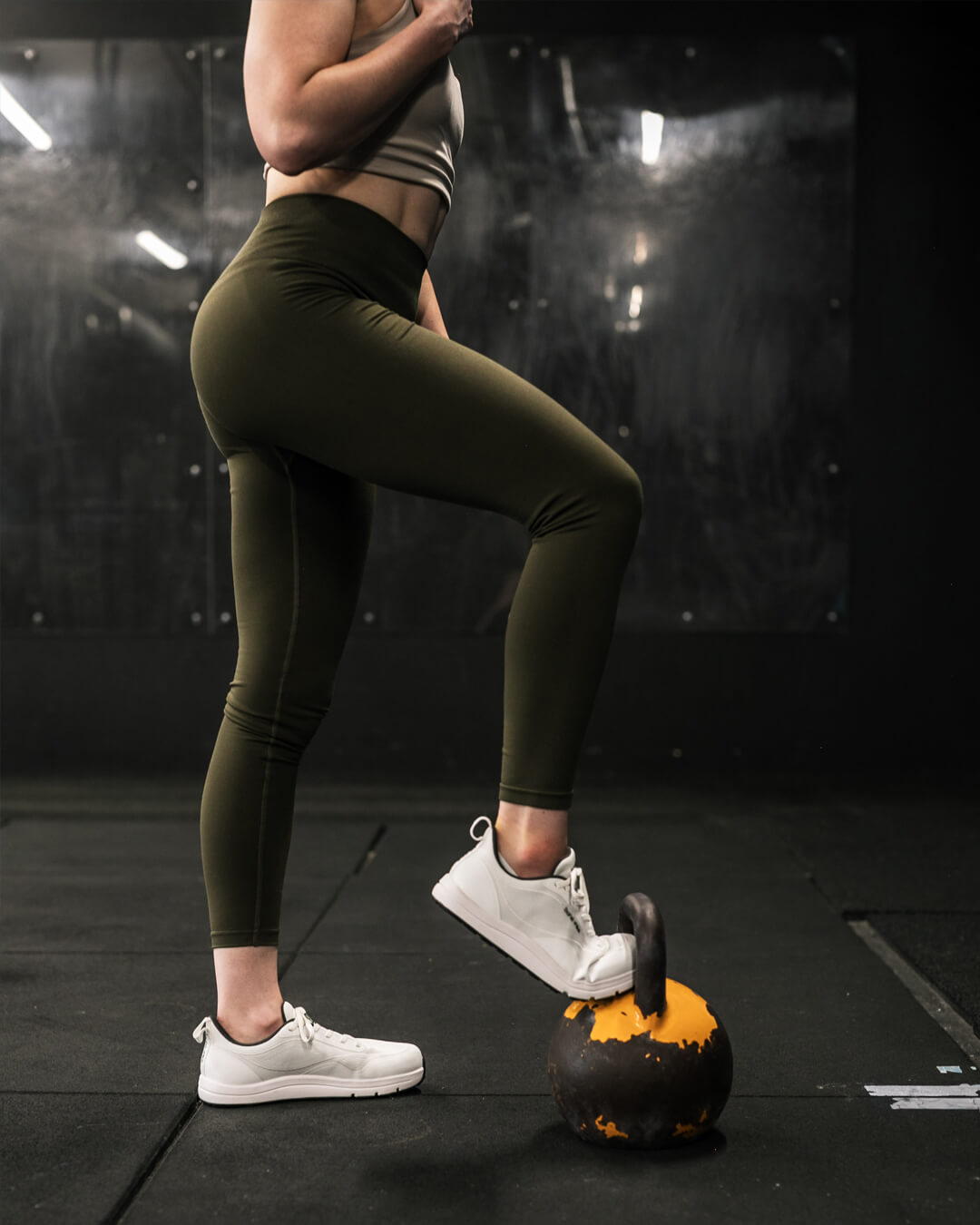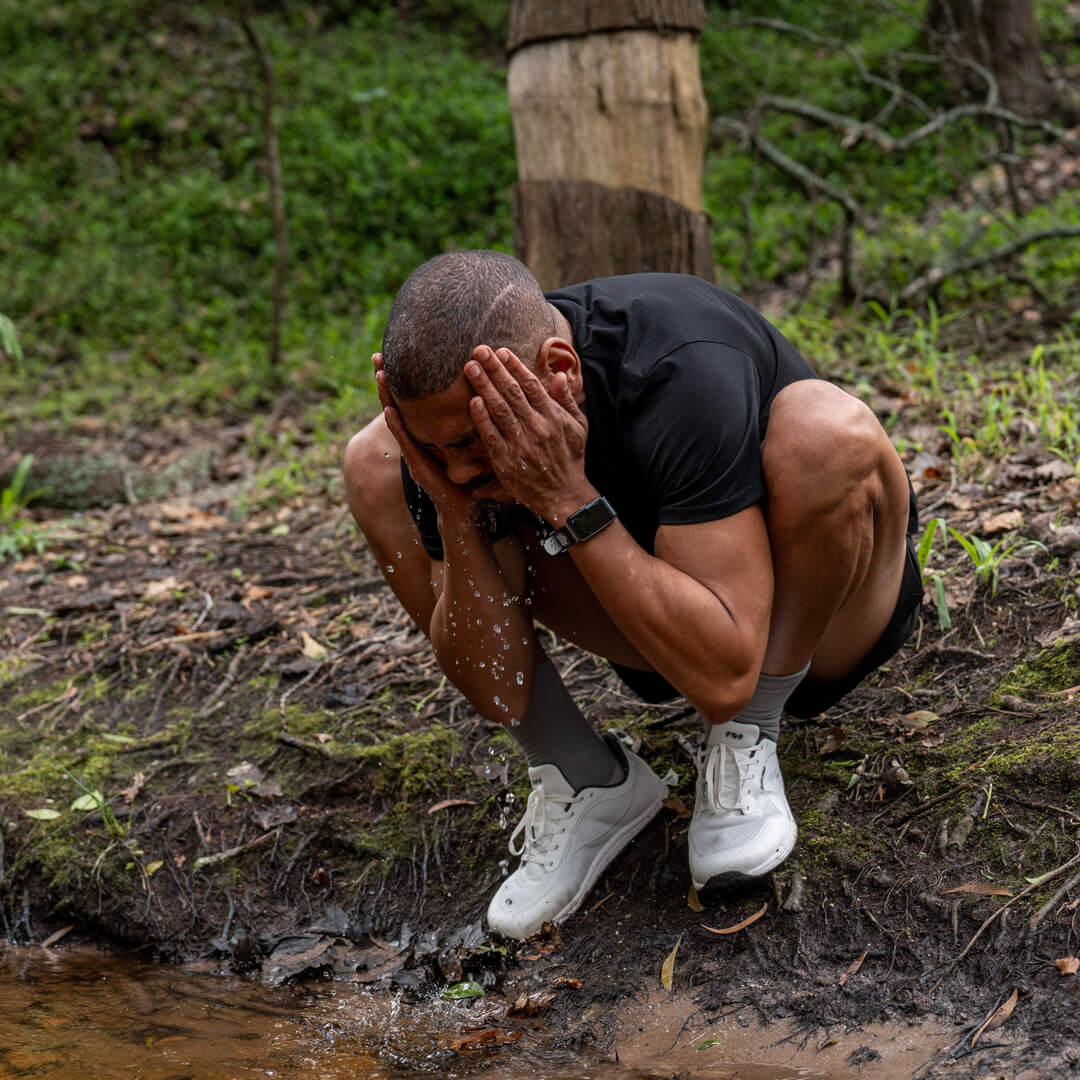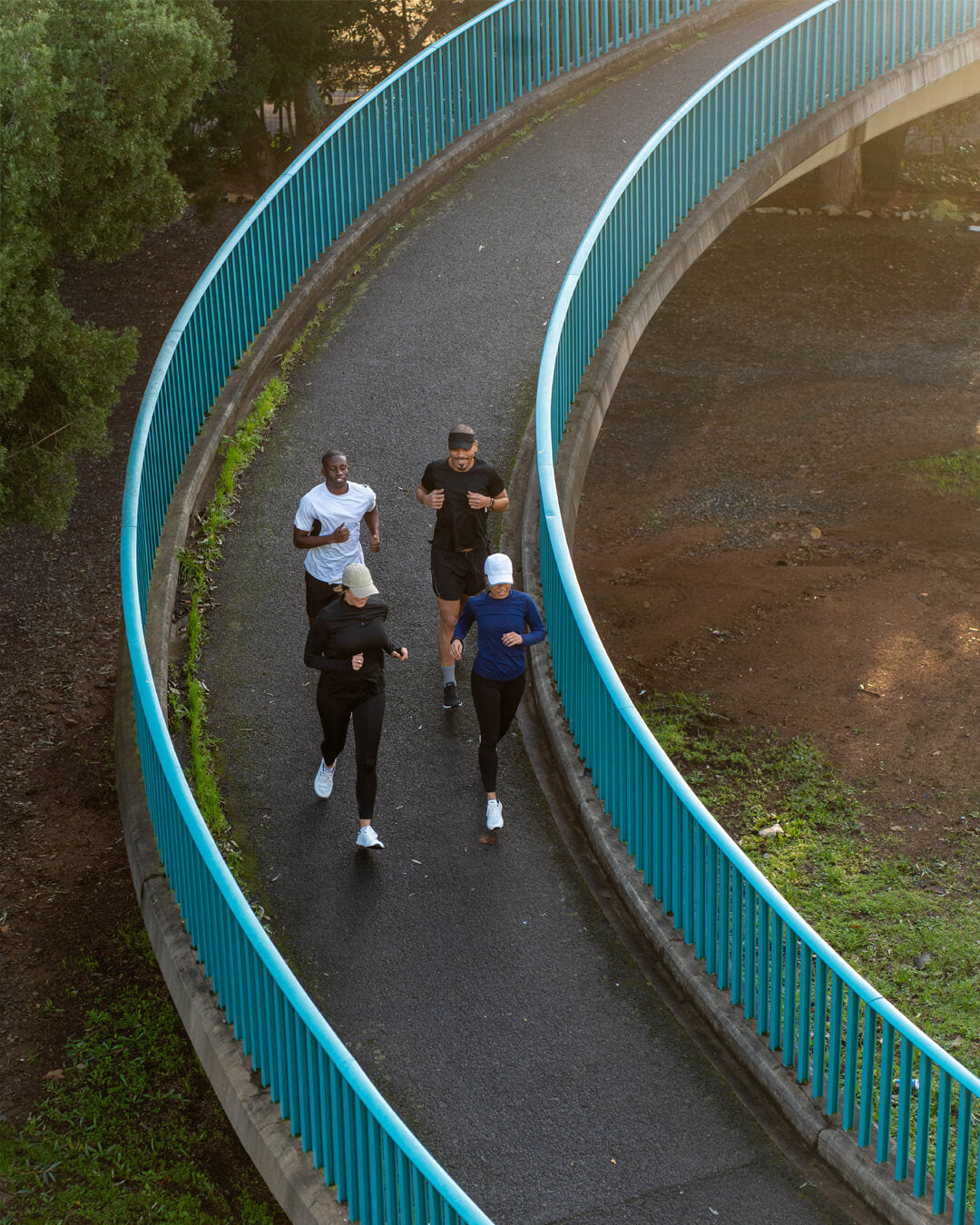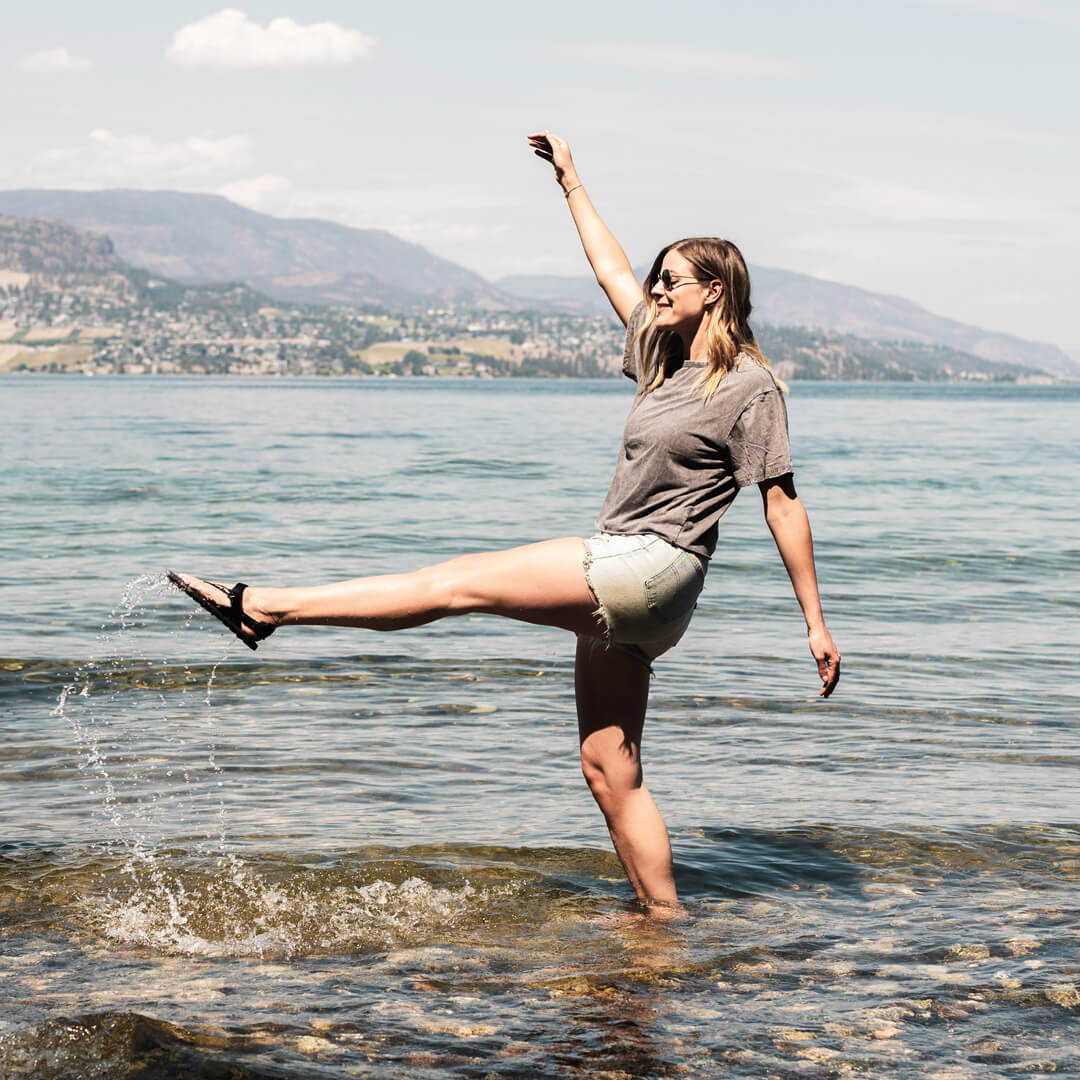An introduction to Keith and Heidi and the Older Yet Faster book.
Keith is a coach and multiple world-record holder. In 2010, in the space of nine months, Keith set five 55+ age-group world records in every event from 1500m to 10,000m. His 10,000m time or 31:51.86 makes him the oldest person ever to run 10,000m in under 32 minutes.
Heidi also has a great pedigree as a runner. Heidi fixes and strengthens runners through her podiatry practice with advanced strengthening exercises, rehabilitation strategies, and insights into the latest in running footwear.
Together Keith and Heidi have co-authored a running technique and podiatry book called Older Yet Faster – The Secret to Running Fast and Injury Free. Now in its fourth edition in English, French and Spanish it details a simple and effective way to transition to good running technique with a strong focus on running barefoot and in barefoot-style shoes. It is also a manual on how to heal yourself from running injuries holistically. Medical professionals will be interested in Heidi’s treatment methods which are detailed in the appendices.
1. What is barefoot / barefoot-shoe running, and why do you advocate for this. What harm can ’normal’ running shoes do?
Running barefoot is the most natural way for humans to move—it’s how we evolved to run. It’s incredibly efficient, and many runners have eliminated knee and hip pain simply by taking off their shoes! We believe that returning to a more natural approach is the best way to relearn proper running technique.
Barefoot running, when done well, feels almost effortless and deeply connected to nature. However, on rough surfaces, it can be uncomfortable to get a good rebound, so runners instinctively slow down and adjust their landings for comfort. This is where barefoot-style shoes come into play, offering protection while still allowing for a good degree of natural movement and technique.
Modern running shoes change how your body moves, weakening postural muscles and altering natural alignment, which can lead to injuries over time. The most problematic feature of modern shoes is the heel drop, which prevents proper alignment while standing and landing. This misalignment places extra stress on the joints and disrupts the body's natural spring-like ability to absorb impact and generate forward momentum.

2. What is the difference between running barefoot and in barefoot-style shoes?
Although running surfaces are often hard, the human foot is naturally soft and pliable. When combined with a well-executed, progressive landing—finely tuned through lightning-fast proprioception—this allows for landings that are soft, silent, and highly responsive.
Unfortunately, any material placed between the foot and the ground reduces the efficiency of the landing. The main issue is the loss of ground feel, which limits the foot’s ability to make instant adjustments. This results in reduced spring and a harder impact with each step—especially noticeable at lower speeds.
To counteract this, a minimalist or barefoot-style shoe that is zero-drop but also incorporates some cushioning in the form of a pliable sole and a flexible midsole is recommended. This helps offset the heavier landings while maintaining as much natural movement as possible. This was the advice we provided to Bahé Shoes.

3. But don’t I need cushioning and support, especially for hard surfaces? Isn’t it bad for my knees?
It might seem logical to rely on cushioning and support, especially on hard surfaces, but ironically, these features increase impact forces throughout the body. Heavily cushioned or supportive shoes encourage an overstriding pattern—where the foot lands too far in front of the hips. This inefficient movement turns running into a horizontal walking motion, causing runners to collapse into a crouched position upon landing. As a result, skeletal forces are disproportionately absorbed by the knees and hips, increasing strain on these joints.
Additionally, overstriding disrupts the foot’s natural biomechanics. Instead of a quick and efficient rebound, the foot remains on the ground longer, waiting for the hips to move over it. This leads to prolonged and excessive pronation, in summary over-pronation is a symptom of over-striding.
In contrast, good-form running creates a well-aligned, spring-like landing that reuses impact forces for efficiency and speed. A more minimal shoe promotes this natural stride, allowing the body to absorb and redistribute forces as it was designed to, actually reducing stress on the knees rather than increasing it.
Ready to rediscover your natural stride?
In Part 2, we'll guide you through the journey of transitioning to barefoot-style running. Stay tuned for more information on how to transition.

